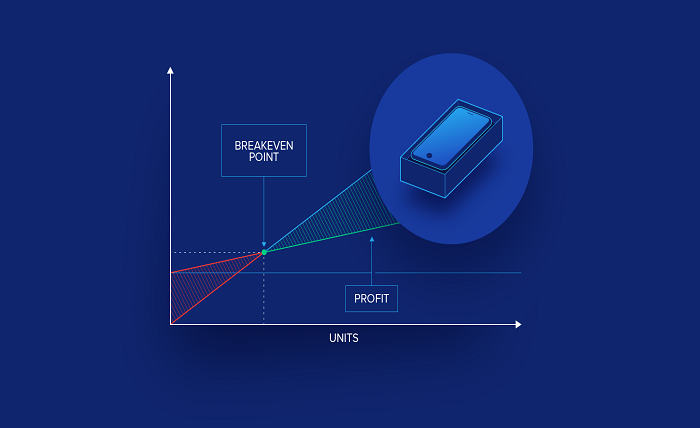For the sustainable growth of any business strategic planning matters a lot. Unit economics is a comprehensive concept to implement a viable strategy for fruitful financial operations. There are so many intellectual techniques to implement unit economics for effective business growth. But the crispiest aspect of this concept is the comparison between the overall expenditure of customer acquisition and the lifetime value of the customers. If you understand the pattern of working of this comparison model, you will invite success over 10 to 15 years.
Understanding the metrics and implementing the whole model of unit economics in any business is very important. It plays an essential role to develop the fundamental structure of finance development for any business. Maybe unit economics have some complicated characteristics, which helps to analyze the overall performances of business operations and benefits of the marketing approach. Those characteristics measure the financial operations, the flow of sales, growth of sales, increment of revenue etc.
All ecommerce businesses need to drive operations based on the unit economics model. Here is the useful resource to track the successful financial records of ecommerce business. Thus, to clarify the ROI, unit economics is the comprehensive solution for different business firms.
The financial growth of any business firm can be evaluated from top to bottom by unit economics. Therefore, to ensure the ultimate success of a business, the stakeholders, investors, analysts and management team have to understand the protocol and financial aspects of any business regularly.
What Is The Real Value of Unit Economics?
The practical advantages of unit economics can differ according to the type of business. For an instance, in the case of a clothing store, while a customer buys dresses, then the clothes become a unit itself. And the investment in this unit, analysis of the marketing agendas for this unit reflects the features of the unit economics measurement model.
After recognizing the unit of any individual business, the unit economics measures the overall development of a business. To understand the key aspects of business growth, you need to research some specific financial terms, which directs the measurement of cost per acquisition value.
This cost also depends on the type of business. For example, an internet service provider while acquires a customer, then acquisition cost depends on different factors. There are so many factors, which work behind the overview of marketing expenditure. The concept involves both social media marketing and search engine marketing. Therefore, CPA measurement helps to identify the factors for acquiring a new customer. This Power BI training is live instructor-led & ensures that you get hands-on experience in real-time projects
Involvement of LTV
Once the customer has been acquired, in the next step you need the involvement of LTV. The revenue of a business firm has a connection with the services provided by the firm and usage of the services by the users. The unit economics model helps to grow the weekly or monthly revenue.
For example, a retail or ecommerce store needs to evaluate the revenue, achieved from the customers for one week. This process helps to get an idea about the Customer Lifetime Value. So that you can understand what role has been played by the customers for revenue generation? Loyal customers always enhance the LTV value.
Therefore, to decide the capital investment strategies, the core and multilayered measurement of unit economics matter a lot. To get the best level of ROI, a good ratio between CAC and LTV plays a crucial role to drive the business campaigns through the long way.
In the fluctuating economic period, this model is highly essential to predict the profit or loss of your business. In the initial stage, the start-up businesses look at the far-reaching measurement of the possibility of good revenue generation and several new customers. As at the starting phase, the customers and their buying pattern define the success of the business, so the measurement of the difference between CAC and LTV guides how or when to invest.
Final Words
The forecast by unit economics, a business firm can estimate the annual growth of their business. The run rate of a business can be evaluated by the monthly expense of the business firm on product marketing to create a customer base. The model of unit economics suggests reducing its expenses, while the expenditure amount become high than the revenues.
And as the unit economics model trigger the management to track all these important values, the business firms can evaluate the annual sales growth and the efficiency of their marketing team. And thus, the improvised model of business intelligence maintains a balance in the overall cash flow to ensure sustainable business growth.

